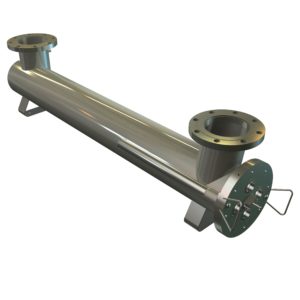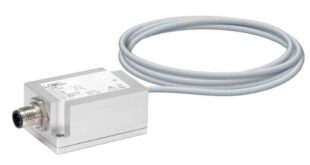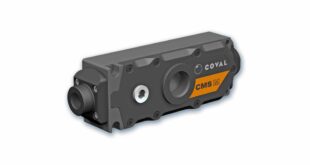 Berson and Hanovia have jointly launched a new low-pressure UV disinfection system for the treatment of municipal, re-use and waste water.
Berson and Hanovia have jointly launched a new low-pressure UV disinfection system for the treatment of municipal, re-use and waste water.
The AmaLine R UV range has been third-party validated, in line with US EPA and NWRI guidelines. It provides effective treatment, while reducing lifecycle costs through being simple to maintain and extremely energy efficient.
Unlike other similar systems, the AmaLine has been designed to simplify maintenance, which can be performed by a single operator rather than a crew, and without requiring external lifting equipment.
The AmaLine range is application-optimised in terms of its design and operation, with a flow range of 1-30 MGD (millions of gallons per day).
The AmaLine R has a U-shaped chamber that optimises flow to cater for low UV light transmittance (UVT) water quality. This makes it ideal for re-use and waste water applications.
Also available is the AmaLine D range, designed specifically for municipal drinking water, which has a coaxial flow L-shaped chamber, and optimises flow to deliver the most effective disinfection for drinking water applications.
AmaLine has been designed using the latest computational fluid dynamics (CFD) modelling. A highly efficient chamber and optimised lamp positioning ensure maximum energy efficiency. Optimum distribution of UV intensity throughout the chamber provides effective water treatment.
AmaLine uses LPHO (low pressure high output) amalgam lamp technology that provides variable output ballasts (50 to 100%). This helps to reduce energy consumption further, but also provides greater UV intensity. Shorter physical lengths compared with conventional low-pressure lamps reduces the overall footprint of the system.
The ability to leave LPHO lamps on, even when there is no flow, helps to minimise potential disruption to the process. The longer life amalgam lamp helps to extend the periods between servicing.
AmaLine is also much easier to service and maintain. In contrast with alternative solutions, the AmaLine system has been designed to enable a single operator to change lamps, quartz sleeve and wiper blades easily and safely without the need of cranes, hoists or other external lifting equipment.
A unique lamp connector, with self-aligning functionality, enables simple and fast lamp replacement, helping to minimise downtime, protect an operator from harm during servicing, and provide assurance of optimal system operation.
Where Berson has been focused on the municipal market and Hanovia on industrial, both companies now will focus on all markets with joint resources. This will now increase the capability to develop products for various applications quicker, and provide extensive support globally. The AmaLine is a platform that has been designed for the municipal market but has been engineered so it can be adapted for specific industrial applications.
 Engineer News Network The ultimate online news and information resource for today’s engineer
Engineer News Network The ultimate online news and information resource for today’s engineer





